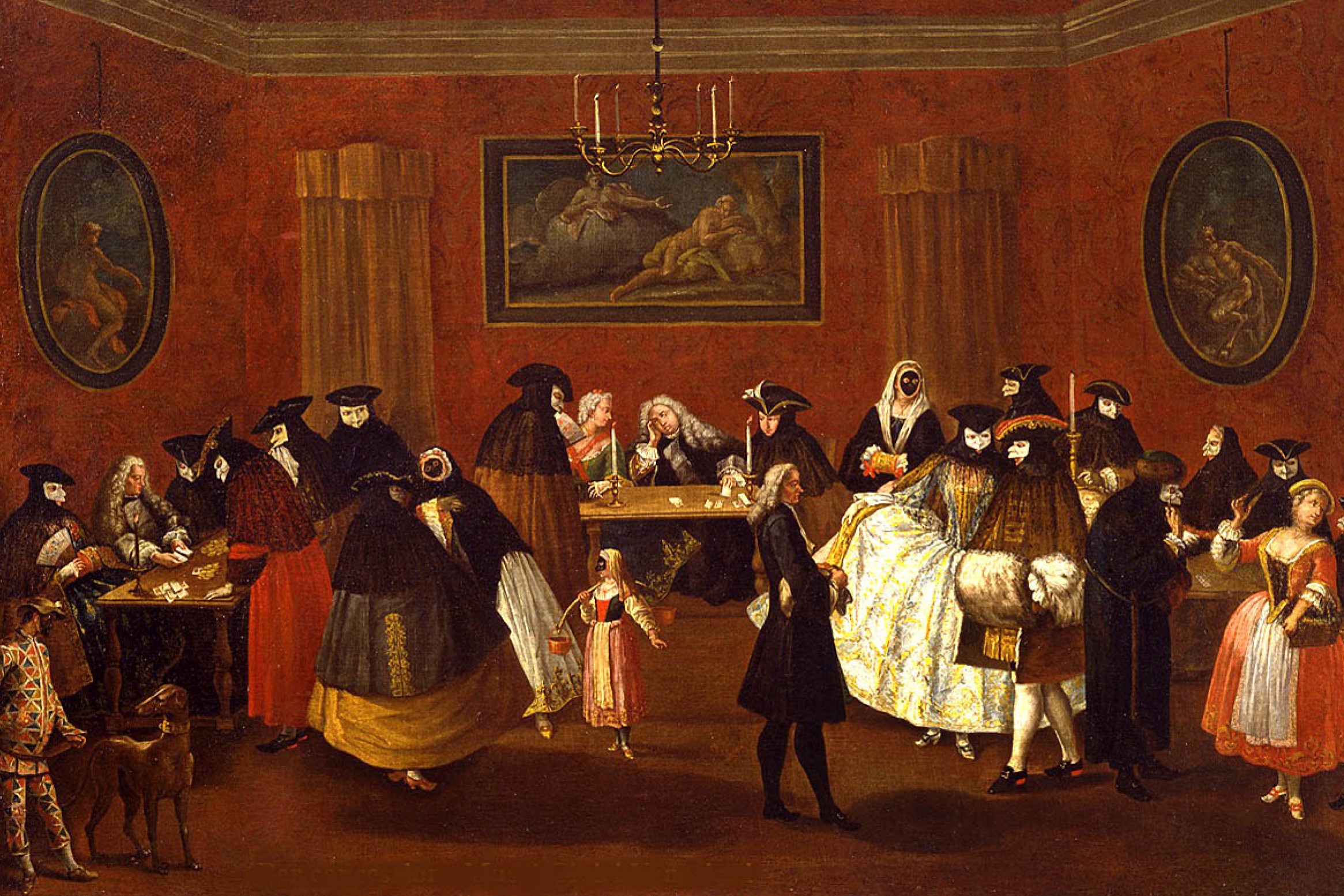When the online casino market is saturated with offers, simply attracting a player is no longer enough. What is much more important is to make them come back again and again. This is where carefully designed loyalty programs come into play, transforming from a simple bonus into a powerful tool for retaining the audience.
But what exactly lies behind a casino loyalty program and how does it actually work to keep players engaged? It’s not just about accumulating points, but a whole strategy that builds long-term relationships with customers. Let’s find out how gambling companies build these systems and what they do to make you feel part of something bigger.

Why a Casino Loyalty Program is Needed
The main goal is to retain customers in online casinos. Instead of intrusive notifications and cold emails, behavioral marketing is used: rewarding actions.
A customer makes a deposit — the system responds with a bonus. Engaged in table games — the club offers increased odds on the next bet. A scenario is built where behavior is rewarded. Retention happens subtly, without pressure, but with maximum benefit for the player and the platform.
How a Loyalty Program Works
The reward system in a casino structures interactions with players through points, levels, and rewards. The algorithm records transactions, awards points, takes into account the frequency of deposits, and the speed of engagement.
For example, for every 1000 rubles wagered on slots, 1 point is awarded. These points accumulate and unlock access to new levels — from beginner to VIP. Moreover, each game, whether it’s blackjack, poker, roulette, or slots, is accounted for differently: roulette may give 0.5 points for the same amount, while slot machines give 2.
On average, such a mechanism divides users into 4–6 levels. Each step up increases cashback returns (for example, from 3% to 10%), speeds up withdrawals, and activates a personal manager.
VIP Club and Loyalty Program: Not the Same Thing
Understanding what a loyalty program in a casino is becomes particularly clear when compared to a VIP club. The reward system is a mass tool available to everyone after registration and verification. VIP is a segment for the chosen ones, selected based on betting volumes and activity.
The differences between a VIP club and a loyalty program are evident:
- The reward system is launched automatically, while VIP status requires an invitation.
- In loyalty programs — bonuses and cashback, in VIP — exclusive tournaments, expedited payouts, gifts.
- The program awards points, VIP grants privileges: personal service, club card, access to events.
Thus, the reward system is the foundation of interaction with each user, while the VIP club represents an elite level of service. They do not compete but complement each other, creating a multi-layered engagement model.
Benefits of a Loyalty Program for Players
The rewards system reduces the actual cost of playing. For example, with an average cashback of 5% and a monthly turnover of $1,000, a user receives a $50 return. Bonuses are added, equivalent to 3–10% of the deposit, as well as points that can be exchanged for real money or free spins.
The benefits of the rewards system are enhanced with continuous activity — each level increases the accumulation coefficient. From the third level, the customer receives expedited support, and at the fifth — a personal manager and priority in transaction processing.
Why a Loyalty Program is Beneficial for Casinos
When explaining what a loyalty program in a casino is, it is important to consider not only the player but also the platform’s interests. By retaining a customer for over 3 months, the return on marketing investments increases by 2.3 times. This system reduces churn, decreases the need for constant acquisition, and forms a habit.
At the start, a player can choose from dozens of platforms. After a month, they remain where the process encourages them to return. It functions as an accumulative benefit, without creating a sense of pressure or manipulation.
This is why loyalty has become a key element of competition in the market: those who retain players win in the long run. Especially when it comes to high rollers, who generate up to 60% of the turnover for most platforms.
Competition and Marketing Tool
In the highly competitive gambling market, what a loyalty program in a casino is becomes a question of survival. When advertising offers no longer stand out among competitors, rewards began to play a key role in audience retention.
Casinos use gamification: levels, tasks, club cards. This transforms a passive customer into an active participant. Marketing builds a long-term strategy where acquisition ceases to be the main goal — the winner is the one who has learned retention.
Key Elements of an Effective Loyalty Program
The structure of any rewards system in a casino determines its impact on engagement and retention. Without clear rewarding mechanisms, the program becomes a decorative element.
Key factors:

- Structured level system — minimum 3, maximum 7, with clear transition criteria.
- Bonus policy — rewards for activity, promo codes, additional free spins.
- Cashback — a return of a portion of lost funds, from 2% to 15%.
- Personalized service — manager, individual offers, personal limits.
- Points and rewards — the ability to exchange for real bonuses or goods.
- Event calendar — tournaments, promotions, seasonal rewards.
- Transaction speed — fast fund withdrawals, priority request processing.
- Transparent terms — clear rules for earning and using privileges.
A well-thought-out structure allows the player to clearly see the path of development and the benefits of activity. This approach builds trust and enhances motivation to participate in the gaming ecosystem.
Conclusion
Understanding what a loyalty program in a casino is, one can draw a simple conclusion: it is not a promotion, not a temporary offer, not a lure. It is a long-term tool embedded in the business model. It not only incentivizes but educates the player to return, develop, and perceive the club as their own. Only strategy, numbers, and a player who returns not for luck but for the relationship.
 en
en  ru
ru  de
de  ar
ar  es
es  hi
hi  fr
fr  nl
nl  it
it  pt
pt  el
el 



